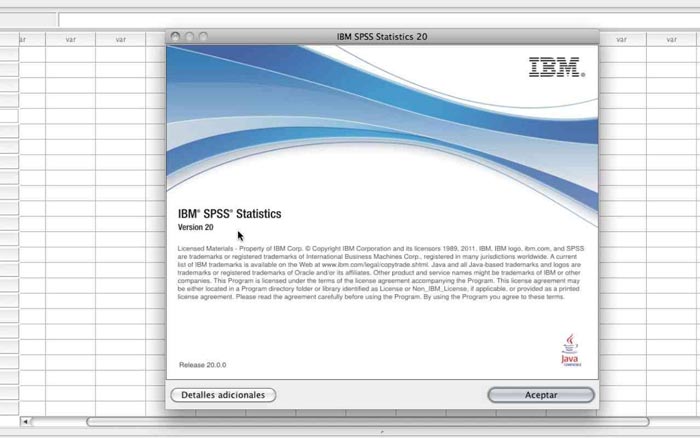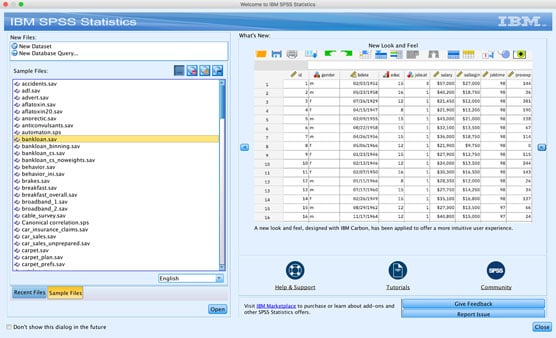
To use all of these options, we have included them here to aid in theĮxplanation of the analysis. Reproduced correlation matrix, the scree plot and the plot of the rotated In this example we have included many options, including the original and Number of factors yields the most interpretable results. The number of factors to extract should be guided by theory, but also informedīy running the analysis extracting different numbers of factors and seeing which We will use iterated principal axis factor with three factors as our method of extraction, a varimax rotation, andįor comparison, we will also show the promax oblique solution. As a rule of thumb,Ī bare minimum of 10 observations per variable is necessary to avoidįor the example below, we are going to do a rather “plain vanilla” factorĪnalysis. Good, 500 is very good, and 1000 or more is excellent.

Regarding sample size: 50 cases is very poor, 100 is poor, 200 is fair, 300 is Tabachnick and Fidell (2001, page 588) cite Comrey and Lee’s (1992) advise Structure is pattern of results such that each variable loads highly onto oneįactor analysis is a technique that requires a large sample size.įactor analysis is based on the correlation matrix of the variables involved,Īnd correlations usually need a large sample size before they stabilize. However, all analysts are looking for simple structure.

Given the number of factor analytic techniques and options, it is not surprisingĭifferent analysts could reach very different results analyzing the same data

You also need to determine the number of factors that you want to extract. Oblique rotations, such as promax, which allow the factors to be correlated with Impose the restriction that the factors cannot be correlated, and Of factors, including orthogonal rotations, such as varimax and equimax, which Many different types of rotations that can be done after the initial extraction Likelihood, generalized least squares, unweighted least squares), There are also There are many different methods thatĬan be used to conduct a factor analysis (such as principal axis factor, maximum Underlying unobservable (latent) variables that are reflected in the observed Overview: The “what” and “why” of factor analysisįactor analysis is a method of data reduction.

Professor James Sidanius, who has generously shared them with us. The data used in this example were collected by This page shows an example of a factor analysis with footnotesĮxplaining the output.


 0 kommentar(er)
0 kommentar(er)
